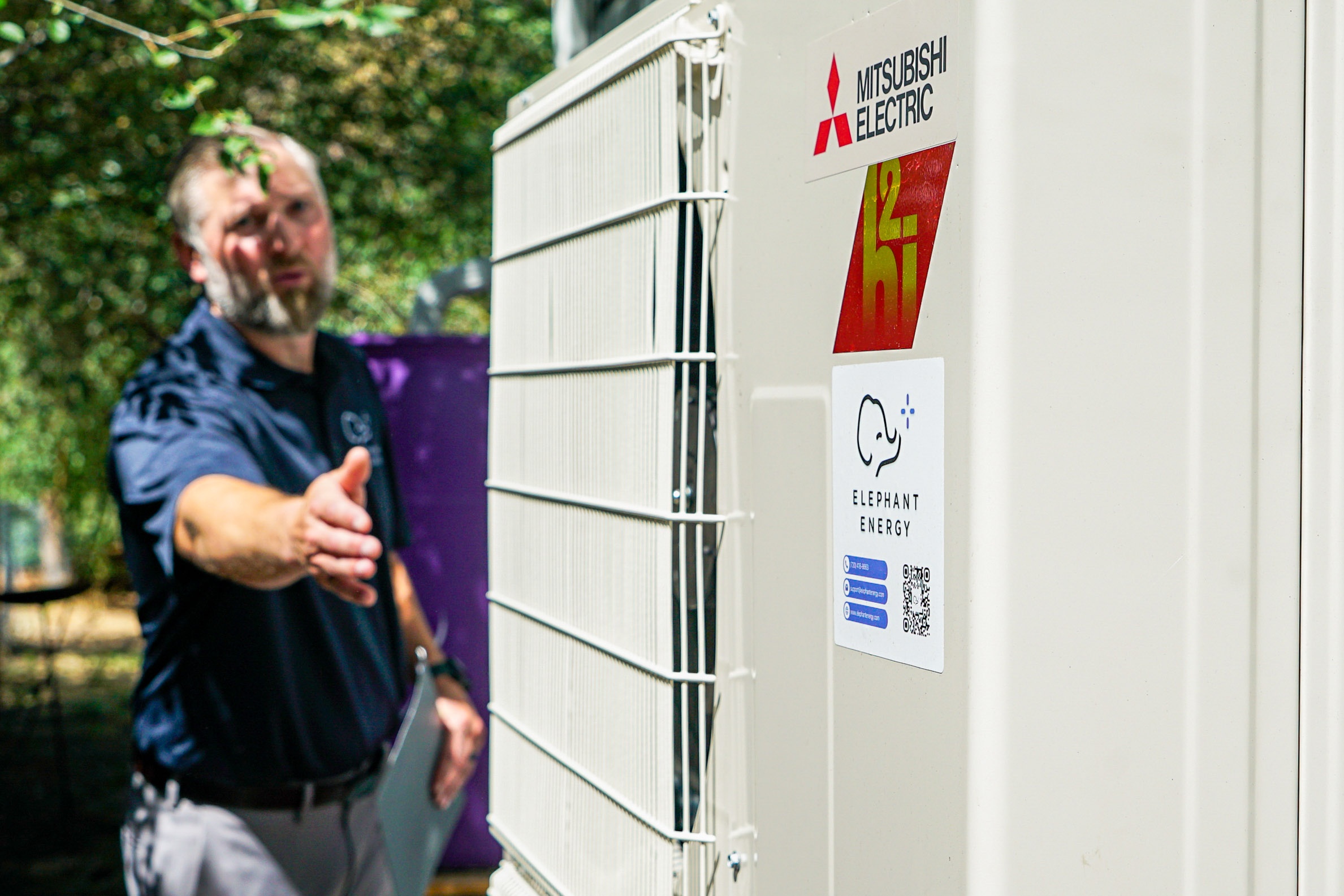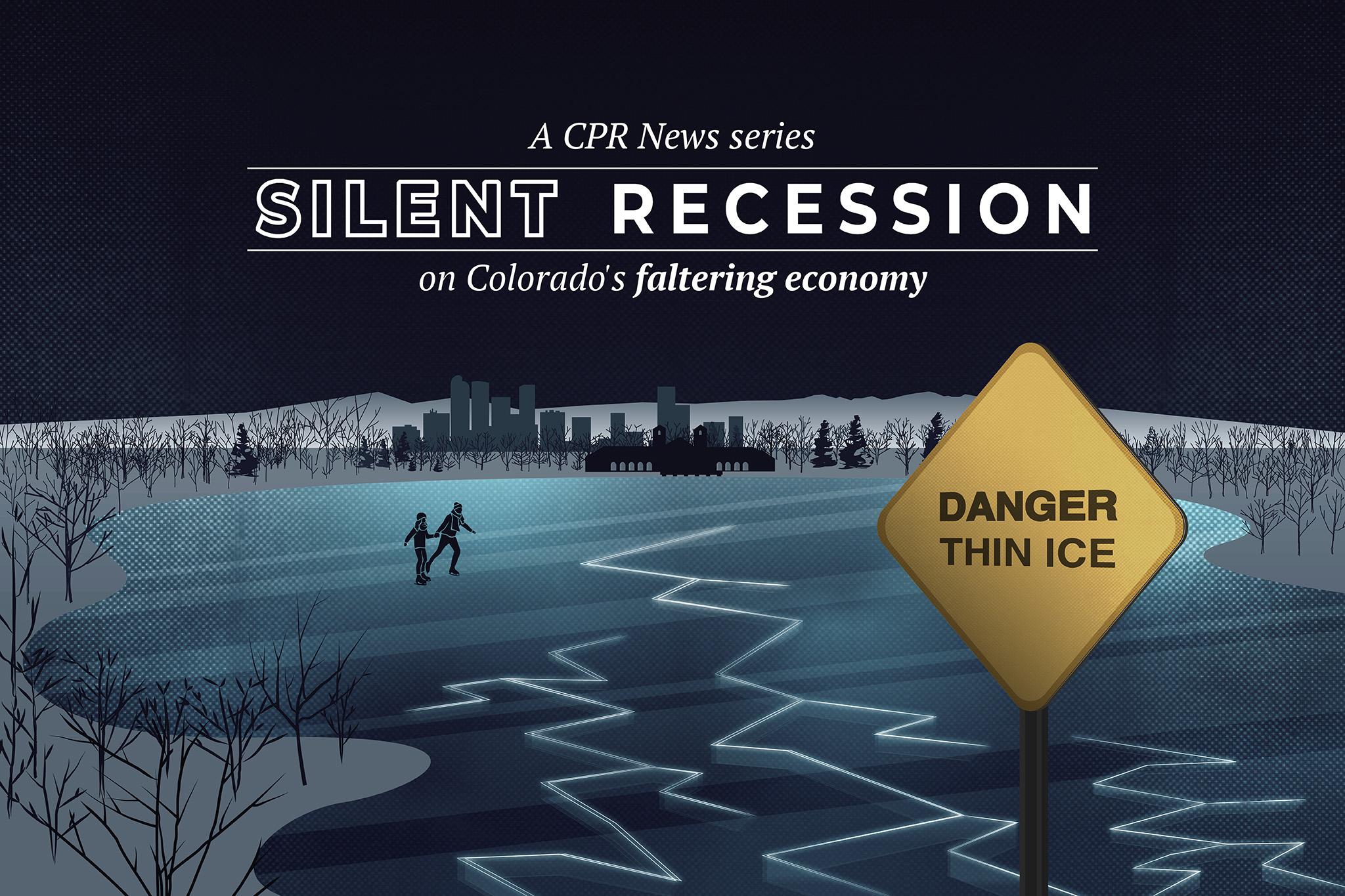
Editor’s note: This is the first in an occasional series looking at aspects of Colorado’s faltering economy.
Colorado’s economy is flashing warning signs. Job growth has slowed to a trickle. Layoffs are inching up. The housing market is in a slump. Both the state and its biggest population center are struggling to plug massive budget holes. And not as many people want to move here. On top of all that, the longest government shutdown in history was weighing on the economy.
The big question, though, is whether all the bleak data points spell out something more serious: recession. And the answer is complicated.
There aren’t any hard and fast rules for what constitutes a recession, but there is a nonpartisan research organization that acts as the official arbiter of recessions in the U.S. — the National Bureau of Economic Research. They say a recession is “a significant decline in economic activity that is spread across the economy and lasts more than a few months.”
There are also several commonly cited recession indicators. Economists often use two consecutive quarters of negative gross domestic product growth as the parameter for recession. But that’s just one way to see it. And it’s not particularly meaningful for most people in their daily lives.
What do the state’s experts think?
Colorado’s Office of State Planning and Budgeting puts the odds of a recession starting sometime next year at 50 percent, according to a forecast from budget chief Mark Ferrandino. The analysis, presented to state lawmakers in September, points to President Donald Trump’s tariffs as the biggest risk pushing recession odds higher.
Tariffs are hitting broad swathes of the economy in Colorado. Construction, agriculture and advanced manufacturing, like aerospace, are directly in the crosshairs of Trump’s trade war. At the same time, the uncertainty caused by the constantly shifting approach to tariffs is a problem for virtually every business.
Trump’s signature economic policy is being challenged in court by a group of states and small businesses. The U.S. Supreme Court heard oral arguments in the case last week and a ruling could come within weeks. In the meantime, businesses are already starting to pass higher import taxes on to their customers, the Colorado budgeting office forecast notes. The office expects shoppers to start pulling back at the start of next year, which will have ripple effects on business profits and hiring plans.
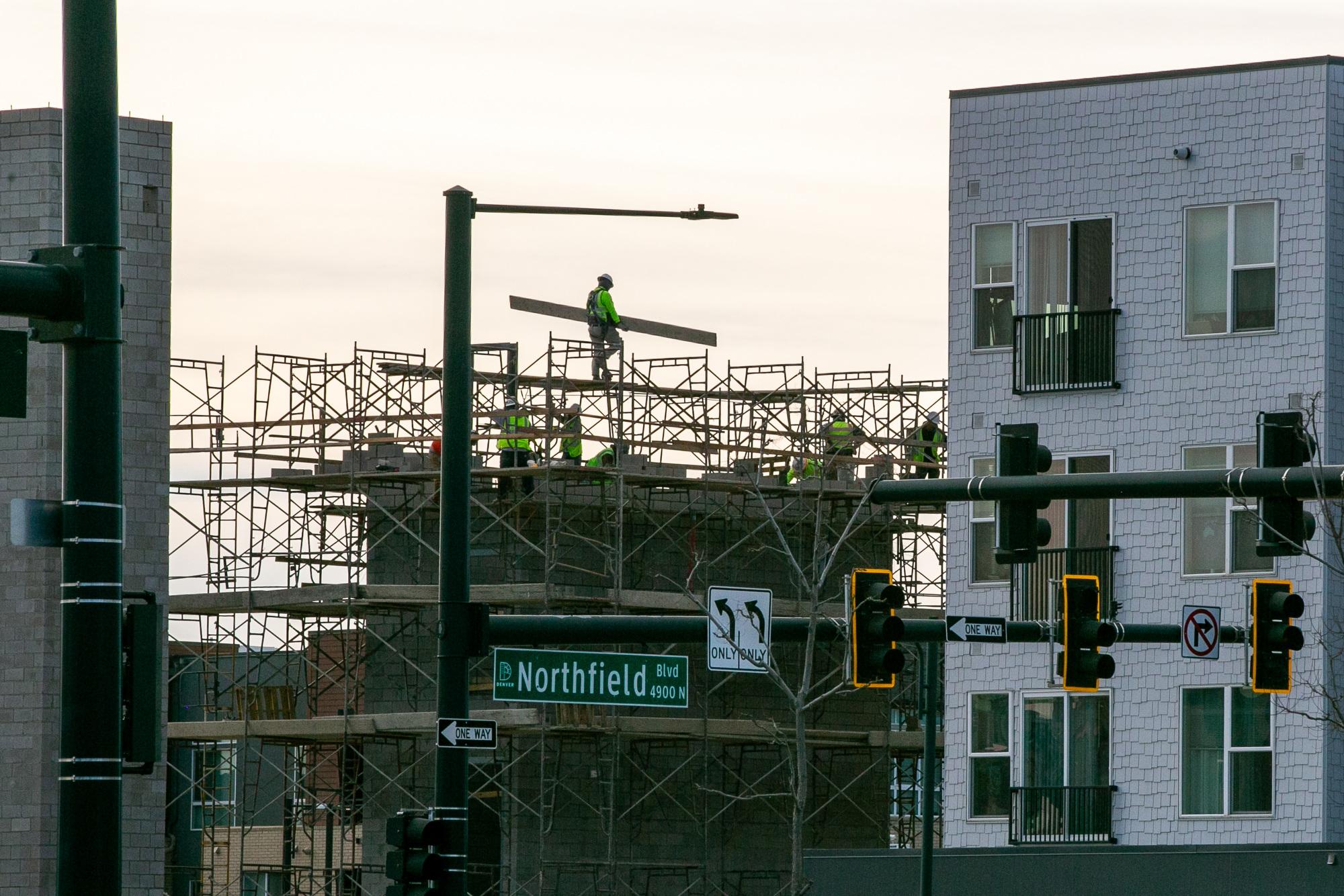
Other potential drags on the state’s economy include federal immigration policy and slowing tourism if overseas visitors decide not to travel to the U.S., the forecast notes.
“We are seeing an increased national recession risk because Trump’s tariff taxes are creating real costs and uncertainty for businesses and the entire economy,” said Shelby Wieman, a spokesperson for Gov. Jared Polis. “We continue to closely monitor all recession indicators and will have an updated forecast in December.”
Polis’ office declined to make Fernandino available to answer questions on the record about the recession forecast.
Jobs
For most people, their paycheck is the most salient data point in determining the strength of the economy. Colorado is still adding jobs — but barely.
Job growth across the country started sputtering earlier this year at the same time as Trump’s unpredictable trade policy roiled the business landscape. The U.S. lost jobs in June for the first time since December 2020. It’s too soon to tell whether it was a one-month blip or indicative of a persistent trend.
Right now, economists and policymakers are flying blind because of the federal government shutdown. The employees in the U.S. Bureau of Labor Statistics responsible for the monthly jobs report were furloughed. The most recent available data is from August. It’s not clear when there will be new jobs data available. Like everybody else in the federal government, the BLS has a backlog of work to get done.
But cracks appeared in Colorado’s job market well before Trump was sworn in for his second term in January. Colorado’s unemployment rate surpassed the U.S. rate in early 2024 for the first time since the oil bust of the 1980s, according to the Federal Reserve Bank of Kansas City. The state’s unemployment rate stayed stuck above the national average for more than a year. In recent months, Colorado’s rate declined and currently sits just below the U.S. rate.
Colorado continues to add jobs at a slower pace than the U.S. as a whole, a trend that started early last year. For the 12 months ending in August, Colorado’s job market grew at a rate of 0.6 percent, compared to the U.S. rate of 0.9 percent, according to the most recent data available from the U.S. Bureau of Labor Statistics. Colorado’s ranking among the 50 states is sliding. In 2019, Colorado was 6th in the nation for job growth. In 2024, it was 22nd. Earlier this year, Colorado had dropped to 47th place, preliminary data show.

It’s difficult to pinpoint why, exactly, Colorado’s job market is slowing relative to other states. The Federal Reserve Bank of Kansas City points to weakness in construction and technology hiring as culprits for the state’s hiring doldrums.
Counterintuitively, Colorado’s highly educated workforce could be a hindrance in the current environment, particularly in light of layoffs in the tech sector in the past year or so, according to Tim Wonhoff, director of the office of labor information with Colorado’s labor department. Having more tech workers left the state’s economy more exposed to those layoffs.
“Some of the things that help Colorado in booming times can be less helpful for Colorado in times where less is happening,” he said.
Part of it could be that other states are simply catching up, according to CU economist Brian Lewandowski. Colorado was adding jobs faster than the U.S. for most of the last decade.
“Exiting the Great Recession, Colorado’s economy was really on a tear, and a really sustained tear,” Lewandowski said. “We had such sustained high growth for so long while other states were lagging in their own recoveries … and [now] they're posting higher growth rates than what we are.”
Layoffs
One way to check on the health of the job market is through Worker Adjustment and Retraining Notifications, or WARNs. Every company with at least 100 employees is required to file a WARN with the state if it intends to lay off 50 or more employees.
It’s not a perfect measure because it doesn’t capture small businesses and smaller job cuts. But it does provide a broad context. WARNs in Colorado have been climbing steadily since 2023. But they haven’t spiked. Such notices were higher at this time in 2016 during a steep downturn in oil prices that led to job losses in the energy sector.
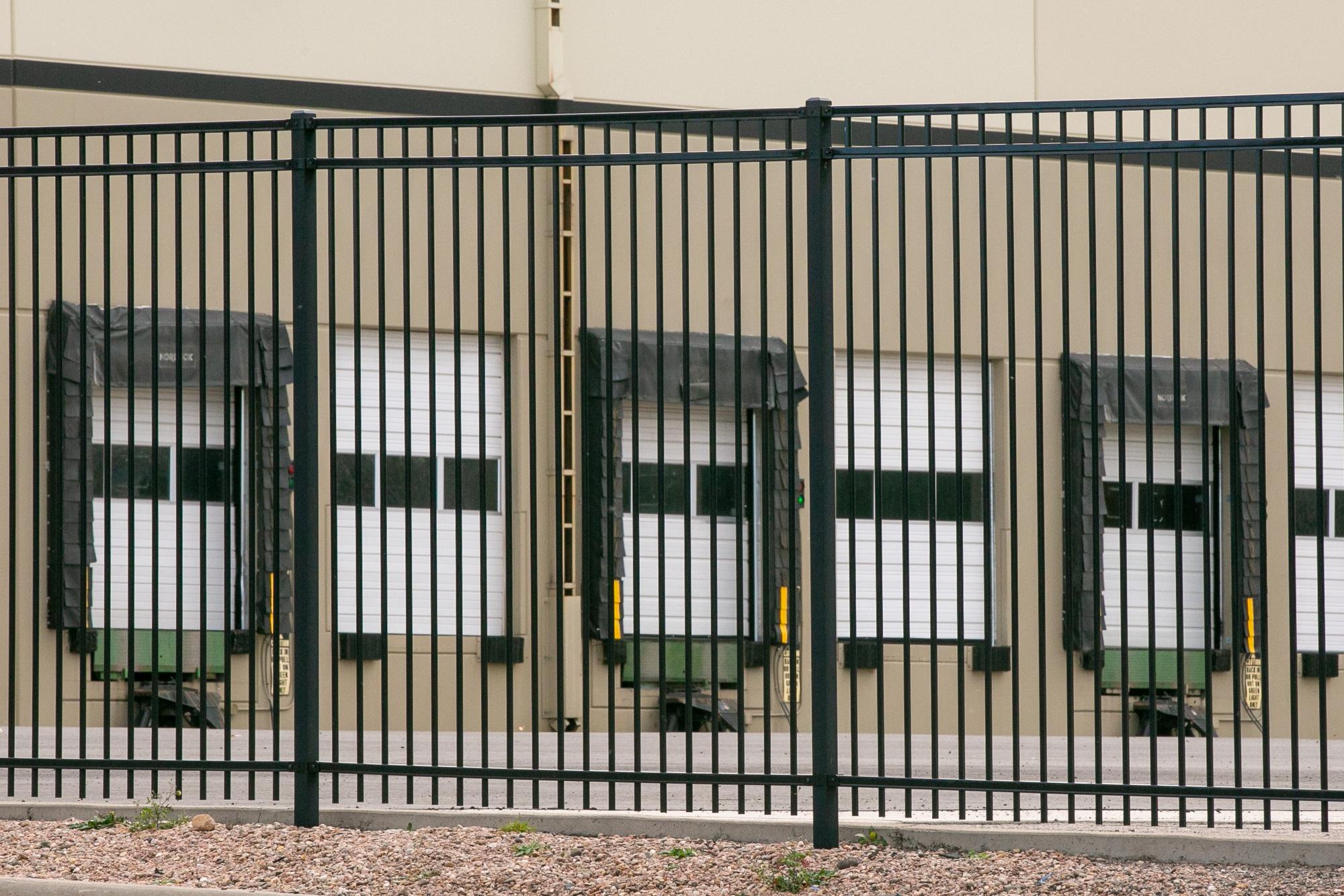
“While we're seeing slow job growth, we're also not seeing a rapid deterioration in the job market,” Lewandowski said. “I think that fits what we're hearing nationally, where employers may not be adding as many workers, but they're also not letting their workers go.”
The confidence index
Consumer confidence is one of the more closely watched indicators for economists looking for an early read on where the economy is heading. It takes the temperature of the vibes. If people are feeling optimistic about their financial future, they are more likely to splurge, thereby keeping the economy humming along. If they’re feeling nervous, they will pull back on spending, which slams the brakes. It’s kind of a self-fulfilling prophecy.
Among the most widely cited measures of how people in the U.S are feeling about money is the Conference Board’s monthly Consumer Confidence Index. Colorado is part of the Mountain region index, which also includes Arizona, Idaho, Montana, Nevada, New Mexico, Utah and Wyoming. Residents of the mountain states feel pretty good about where they are now, and pretty bad about what they expect to happen over the next six months.
In October, those polled were substantially more downbeat about the future than at the start of the year.
People in the Pacific area, which covers Alaska, California, Hawaii, Oregon and Washington, are the most pessimistic about the economy. The most optimistic people, as measured by the Conference Board survey, live in Alabama, Kentucky, Mississippi and Tennessee.
Housing market
The housing market is sluggish in many areas of the U.S. as high interest rates and high prices make it harder to buy a home. Right now, Denver is among the slowest major U.S. cities in terms of home sales, according to real estate data company CoStar.
It’s not just Denver — unsold homes are piling up across the state, according to Denver-based realtor Cooper Thayer.
“The biggest headline this year is just more inventory than we've had in about 13 years,” Thayer said. “That's everywhere, nationally, but it's especially prevalent here in Colorado.”
At the end of October, there were 30,803 homes for sale statewide — in 2022, there were 19,125.
“It’s not necessarily more listings coming on the market. Our new listings metric has remained incredibly stable. So what’s causing this is obviously homes staying on the market longer … It’s not necessarily more people deciding to sell, it’s less buyers deciding to buy,” Thayer said.
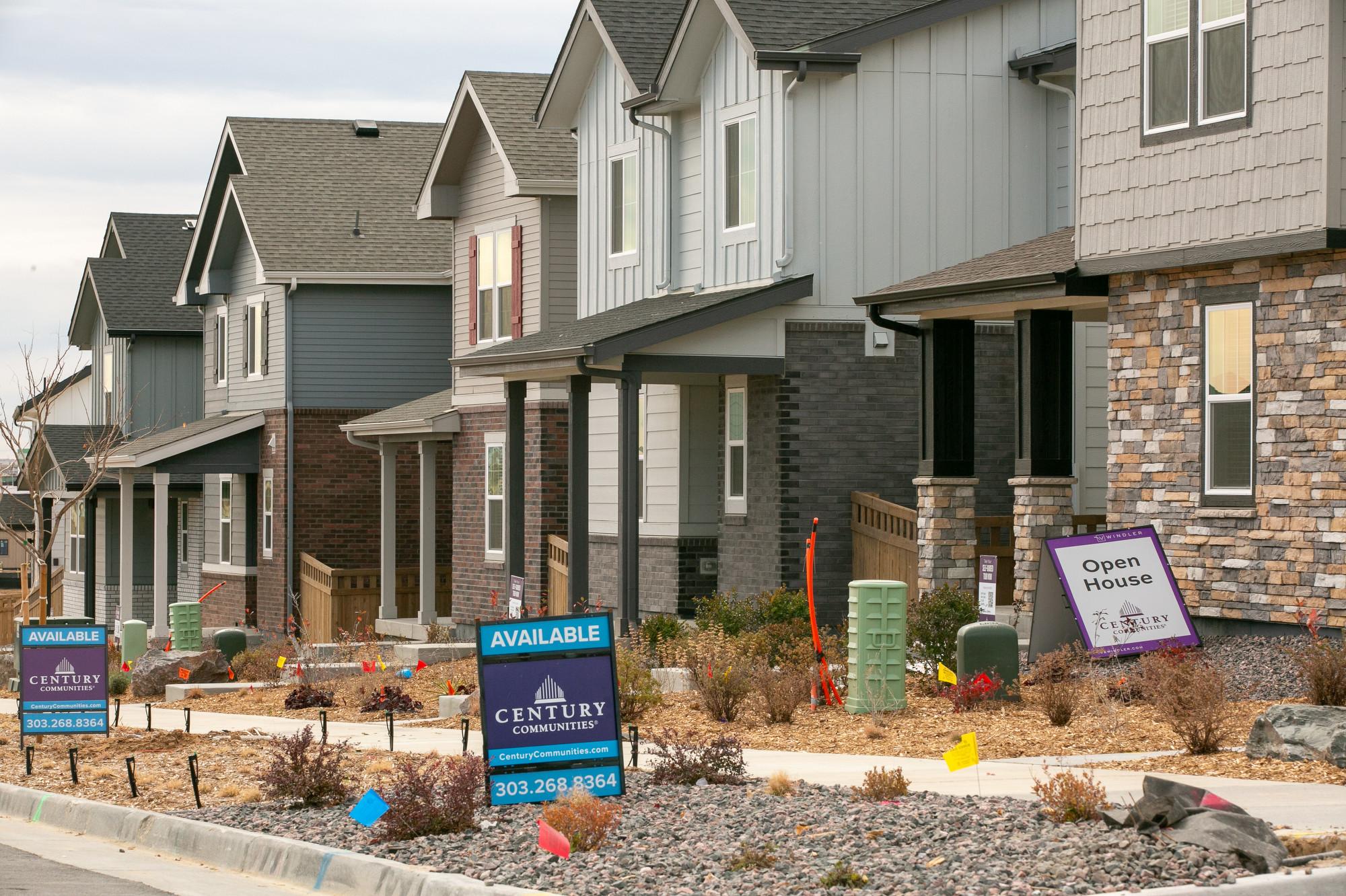
Affordability is part of what’s holding up deals, according to Thayer. Even as homes sit on the market, home prices haven’t really come down to match what buyers are willing to pay, he said.
“Affordability is one of the big challenges. And the reason we don't have a lot of affordable housing is we just don't have housing stock of entry-level housing ... We need more development of entry-level for-sale housing, and we are making strides towards that,” Thayer said.
So, does the stagnant housing market look like a recession is coming? Thayer doesn’t think the data bears that out yet. The biggest warning sign will be if home prices start to log annual declines, he said.
He’s also keeping an eye on how long homes are sitting on the market. It’s taking longer to sell a home in Colorado than it did a couple of years ago. But it’s still nowhere near where it was during the recession brought on by the housing crisis, Thayer said. In 2011, the average home was on the market for 120 days, he said.
“If we saw a significant spike up to 80, to 100 days average statewide, that would indicate to me that we are facing real challenges,” Thayer said.
Wages and salaries
Coloradans are falling behind the rest of the nation when it comes to getting paid. The most recent data shows U.S. personal income growth of 4.7 percent, compared to 4.3 percent in Colorado, according to Colorado’s Office of State Planning and Budgeting. The office forecasts Coloradans to finish out 2025 with 4.2 percent growth in wages and salaries, versus 4.3 percent for the U.S. The budget officials expect Colorado’s wage growth to slow to 3.8 percent next year.
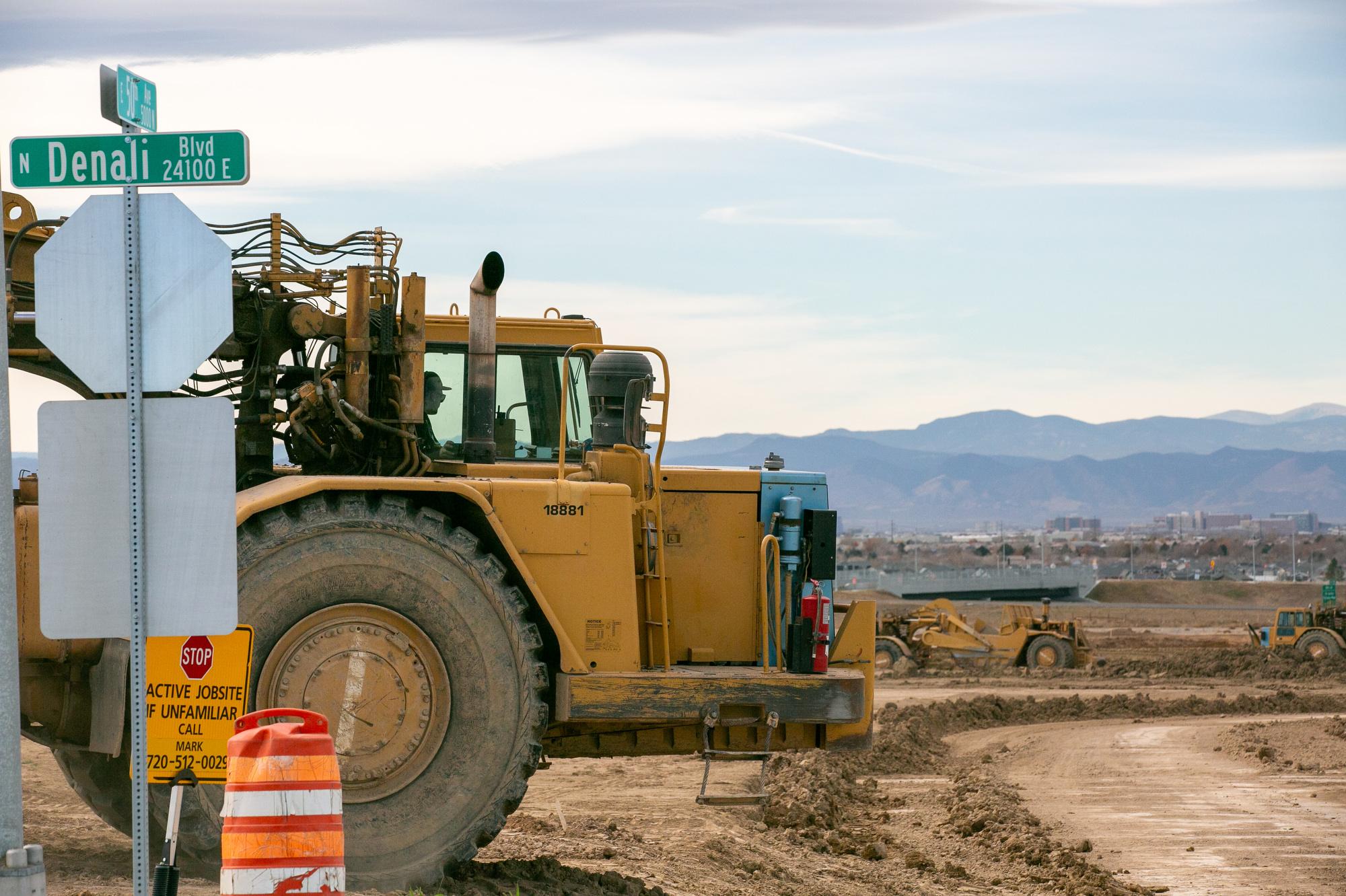
GDP
GDP, the sum total of all goods and services produced in a specific time period, is an important metric, even if it’s intangible for most people. If that number is going down, the economy is probably going down, too.
“I do think that GDP as an indicator does pick up a lot of those other signals. So if we have negative employment growth or a drop in income or a sharp downturn in retail sales or a stalling of investment, those are all components that go into GDP,” said CU’s Lewandowski.
One of the drawbacks of using GDP as a means to define recessions is that it takes a while for the data to come out. GDP was last calculated for the second quarter, which is from April to June. For the U.S., GDP grew at 3.8 percent. In Colorado, growth was 3.5 percent.
A lot has happened since June, but GDP figures won’t be updated until December.





